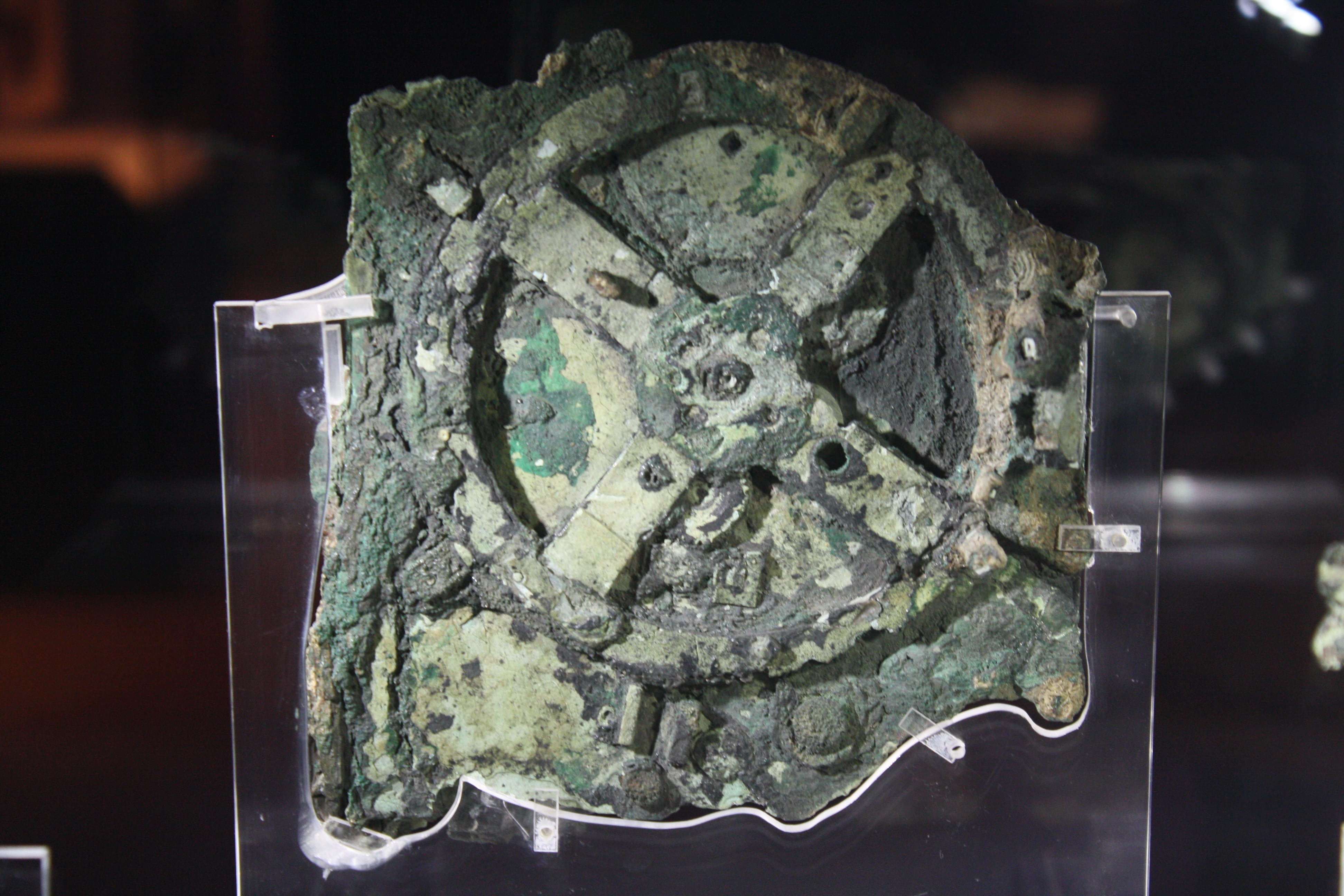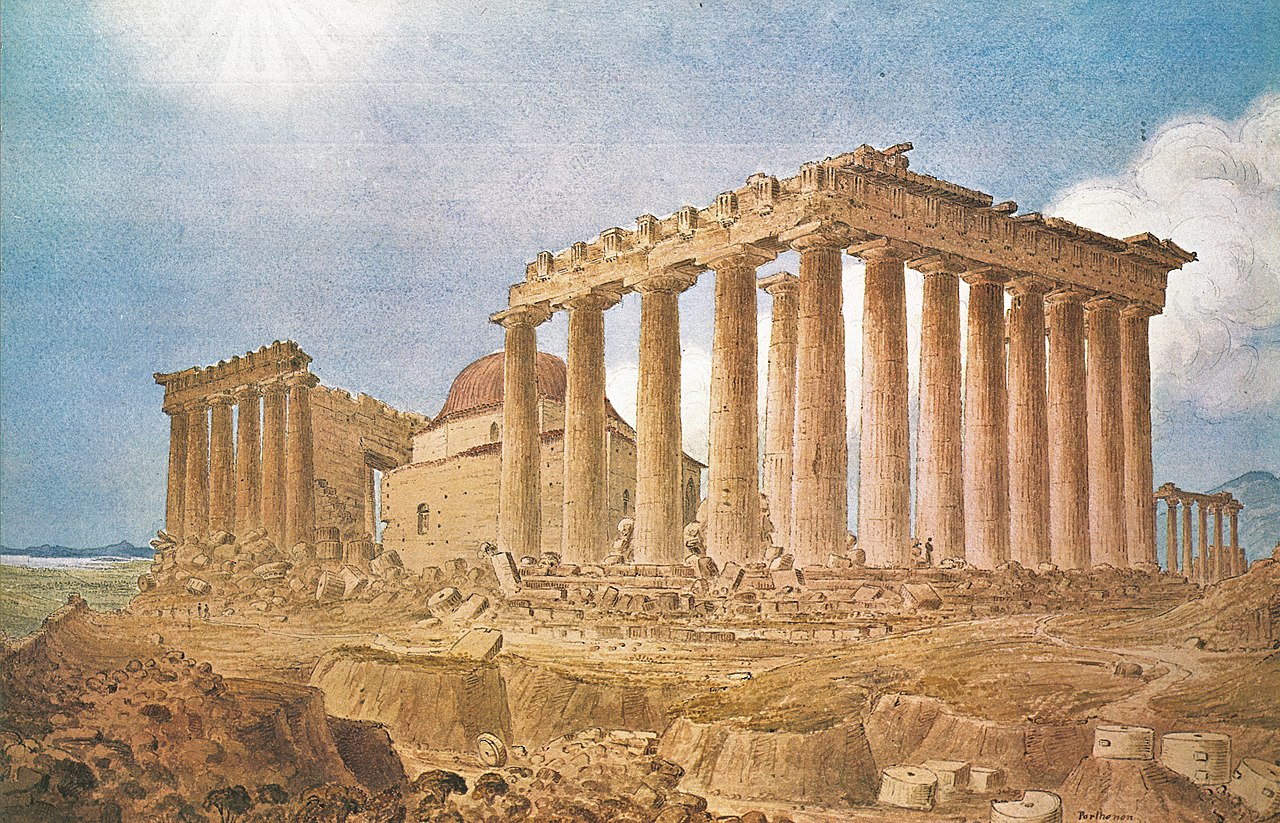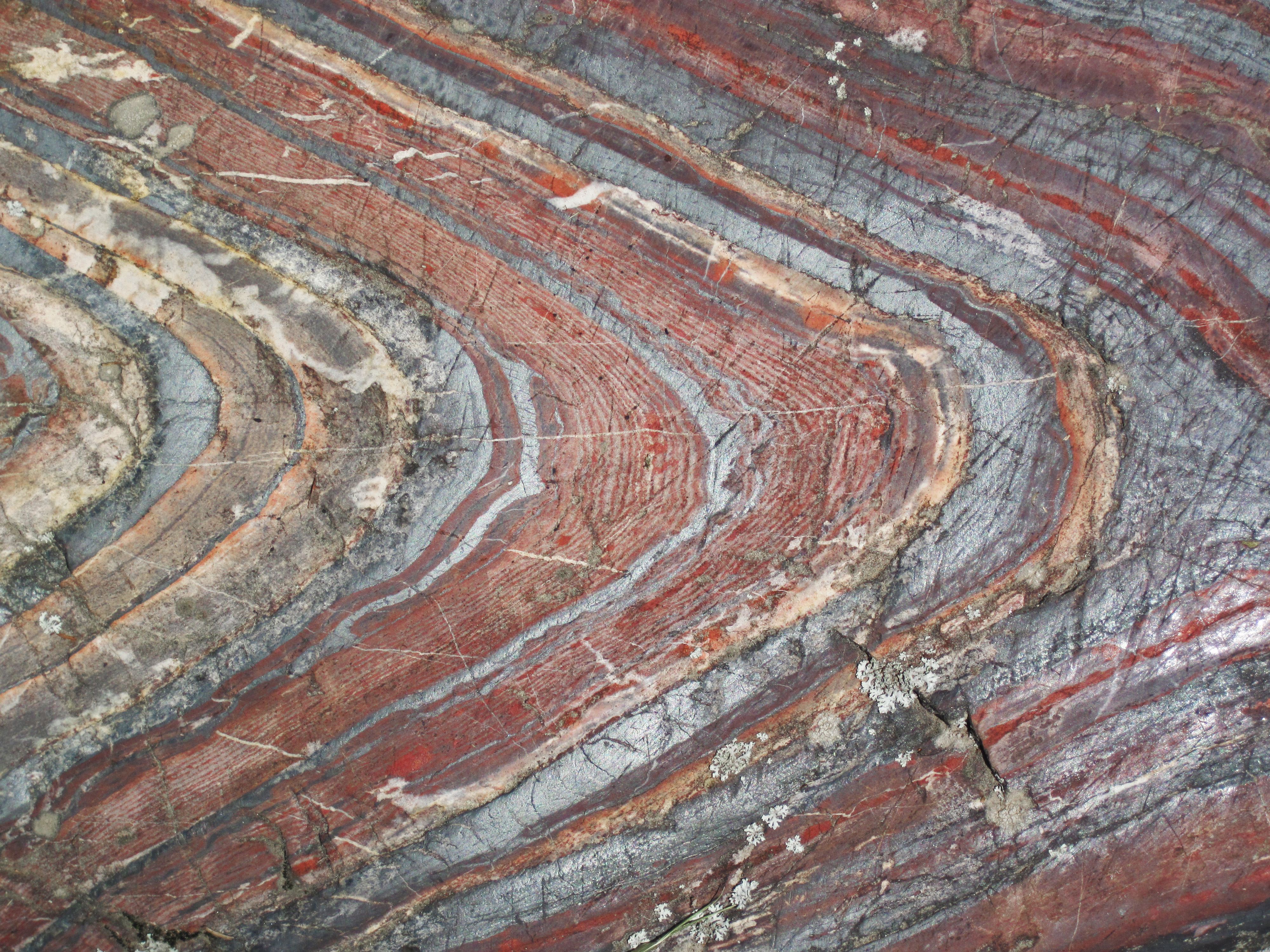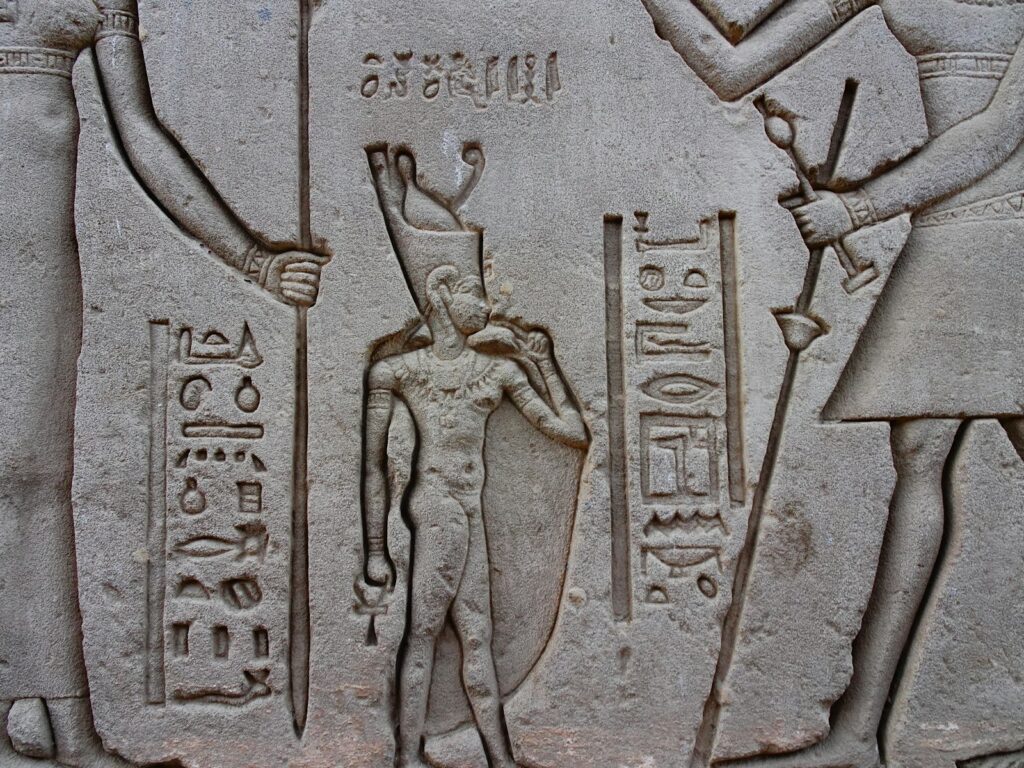
Have you ever wondered whether humans were truly the first advanced civilization on Earth? The Silurian hypothesis suggests that millions of years ago, an intelligent society might have thrived here long before humans existed, leaving behind faint but discernible echoes of their presence. This captivating theory fundamentally challenges what we know about Earth’s history, inviting us to imagine a hidden chapter of civilization lost to the relentless march of geological time. As astrophysicist Adam Frank puts it, “Could an industrial civilization have existed on Earth millions of years before humans?” This profound question opens a fascinating door to rethinking our planet’s past.
The Silurian hypothesis, proposed by Frank and climate scientist Gavin Schmidt, is a rigorous scientific idea exploring whether evidence of a pre-human industrial civilization could exist in Earth’s geological record. Named after the enigmatic Silurians from the BBC science fiction series Doctor Who, it asks if an advanced society might have lived millions of years ago, perhaps as far back as the Carboniferous Period around 350 million years ago. Crucially, it’s not a claim of definitive existence, but a robust thought experiment designed to test how detectable such ancient civilizations would truly be with modern scientific methods. As Gavin Schmidt explains, “We wanted to see if it’s even possible to find traces of such a civilization,” urging us to consider the long-term signatures of intelligent life.
While Frank and Schmidt themselves “strongly doubt that any previous industrial civilization existed before our own,” they emphasize that “asking the question in a formal way that articulates explicitly what evidence for such a civilization might look like raises its own useful questions related both to astrobiology and to Anthropocene studies.” This thought-provoking framework encourages us to look beyond conventional timelines and established narratives, transforming our perception of seemingly mundane archaeological or geological findings. It’s a journey into speculative discussion, where fact-based observation meets the thrill of uncovering hidden knowledge. We seek not to prove a conspiracy, but to stretch the boundaries of our historical imagination, examining peculiar findings and ancient tales through a new lens. Join us as we explore the initial collection of intriguing clues—architectural marvels, lost astronomical knowledge, and inexplicable artifacts—that whisper of a past far more advanced and mysterious than we currently comprehend.

1. **The Great Pyramids’ Precision**The architecture showcased in the Great Pyramids of Giza is bound to leave people spellbound, standing as colossal sentinels of a forgotten past. These monumental structures, particularly the Great Pyramid itself, represent an engineering feat that continues to defy complete explanation, even in our modern era of advanced technology. Their sheer scale, combined with an astonishing level of precision, makes them a prime candidate for rethinking the origins of profound knowledge and capability.
At the heart of their mystery lies the incredible accuracy with which they were constructed. Each massive stone block, weighing many tons, was cut and fitted with such exactitude that, in many places, a razor blade cannot be inserted between them. The pyramids are aligned with cardinal points with an almost unbelievable degree of accuracy, and their internal geometry suggests a sophisticated understanding of mathematical principles and celestial mechanics, centuries before these concepts were formally recognized by documented civilizations.
This meticulous engineering suggests not only a vast labor force but also a profound, advanced knowledge of geometry, astronomy, and construction techniques that, according to conventional history, should not have existed thousands of years ago. Such astonishing capabilities have led to the belief that the pyramids could be remnants of a more advanced pre-human civilization, or at least that the knowledge might have passed down from an earlier, highly developed era. The pyramids stand as enduring questions carved in stone, prompting us to peer into a history far deeper than our textbooks often suggest.
2. **Ancient Sumerian Knowledge of the Cosmos**Long before the Greeks or Romans, in the fertile crescent of Mesopotamia, lay the civilization of Sumer, often regarded as the world’s first and most enigmatic. Beyond their pioneering contributions to writing, law, and agriculture, the Sumerians left behind an astonishing legacy of astronomical observations that continues to baffle modern scholars. Their cuneiform tablets, deciphered over the last two centuries, speak of a profound understanding of the cosmos that seems utterly inexplicable for their time.
These ancient texts, dating back to 4000 BCE, contain detailed and advanced astronomical knowledge. They speak of planets beyond human sight, accurately arranged in their correct orbital order, and even depict complex orbital patterns. This includes knowledge of planets like Uranus and Neptune, only ‘discovered’ by modern telescopes in recent centuries. The perplexing question then arises: How could people from 4000 BCE, observing the night sky with the eye, know such intricate details that modern science confirmed only with powerful telescopes?
This profound discrepancy between their technology and their cosmic understanding fuels an intense debate. It suggests a scientific capacity that seems profoundly out of sync with the established historical timeline. Theories abound regarding the source of this ‘impossible’ knowledge; some speculate this wisdom may have originated from far older, unknown civilizations, perhaps passed down through forgotten wisdom keepers. The idea of an advanced, pre-human civilization with superior observational capabilities offers a compelling, albeit speculative, explanation for this ancient cosmic puzzle.
Read more about: Unearthing 3200-Year-Old Scripts: A Journey Through Ancient Written Records That Reshape Our Understanding of Early Civilizations

3. **The Antikythera Mechanism**Beneath the waves off the coast of the Greek island of Antikythera, divers in 1901 stumbled upon a shipwreck that yielded an artifact so astonishing, it has been dubbed the world’s first analog computer. The Antikythera mechanism, a complex device of bronze gears and dials, represents a technological anomaly that utterly rewrites our understanding of ancient mechanical ingenuity and scientific prowess, standing as a singular marvel from antiquity.
This intricate clockwork, carbon-dated to around 100 BCE, was not a simple calendar but a sophisticated astronomical calculator. It was capable of predicting planetary movements, eclipses, and lunar cycles with incredible accuracy, far surpassing any other known device from its era. Its gears, precisely cut and interconnected, mimicked the complex motions of the heavens, demonstrating an astonishing grasp of kinematics, physics, and advanced mathematics.
The level of mechanical engineering and astronomical understanding embedded within the Antikythera mechanism is so advanced that it truly stands out as an isolated peak in the technological landscape of the ancient world. Nothing comparable was produced for another thousand years, making its existence in 100 BCE a profound historical mystery. Could this remarkable device have been inspired by remnants of an earlier, forgotten civilization with advanced mechanical knowledge? It forces us to consider the possibility that it might be a surviving echo of principles once understood by a far more ancient, lost civilization.
Read more about: Beyond Belief: 15 Ancient Innovations That Outsmarted History’s Expectations
4. **Mysterious Megalithic Structures**Across the globe, from the windswept plains of Wiltshire to the ancient mountains of Turkey and the vast quarries of Lebanon, numerous megalithic sites stand as enduring riddles. Places like Stonehenge, Gobekli Tepe, and Baalbek unveil stunning stonework and construction techniques that defy conventional explanations regarding the capabilities of early human societies. These colossal structures, erected with astounding precision and often featuring impossibly heavy stones, continue to challenge our assumptions about prehistoric engineering.
The sheer scale of these projects is astounding. At sites like Baalbek, massive stone blocks, some weighing over a thousand tons, were quarried, transported, and positioned with a mastery that modern engineering struggles to comprehend, even with today’s heavy machinery. Perhaps most significant is Gobekli Tepe, dated to an astonishing 9600 BCE. This complex of massive carved stone pillars predates the invention of pottery, writing, and agriculture, pushing back the timeline of organized, monumental construction by thousands of years.
The methods by which these colossal stones were cut, moved, and precisely placed remain largely unknown, generating endless theories. How could societies without metal tools or wheeled transport achieve such engineering marvels? This profound mystery has led some to speculate about an inherited knowledge from an even older, more technologically capable civilization, or perhaps even a direct influence from a pre-human advanced society. These megalithic wonders are not just ancient ruins; they are compelling pieces of evidence urging us to reconsider the true depth of our planet’s historical record, making us ask, “could history be deeper than we think?”

5. **Ancient Maps of Impossible Accuracy**The Piri Reis map, a fascinating document drawn in 1513 by an Ottoman admiral, stands as a cartographical enigma that points to a lost wealth of geographical knowledge. This meticulously detailed map, pieced together from various older sources, depicts parts of South America and Antarctica with startling accuracy, centuries before these regions were officially explored and thoroughly mapped by European navigators. It challenges the very timeline of global exploration as we understand it.
Perhaps the most baffling detail on the Piri Reis map is its depiction of Antarctica. Not only does it show the continent, which was not officially ‘discovered’ until 1820, but it also portrays its coastline without ice, resembling what it might have been thousands of years ago, before it was covered by its massive ice sheets. Such an accurate representation of a landmass under ice for millennia raises profound questions about the original source material and the cartographers who created them.
How did cartographers of the early 16th century, lacking modern surveying equipment or satellite imagery, possess such incredibly precise knowledge of global geography, including continents still ‘undiscovered’ and landforms hidden beneath ice? The only logical explanation, as proposed by some researchers, is that earlier civilizations, far more advanced than conventionally understood, charted the globe with remarkable precision and passed down this invaluable information. These ‘impossible maps’ serve as tantalizing clues that our documented history of exploration might be but a faint echo of more ancient, sophisticated global surveys, hinting at a forgotten era when Earth’s surface was fully known.
Read more about: The Enduring Saga of Stars: From Nebulous Origins to Cosmic Remnants

6. **Out-of-Place Artifacts (OOPArts)**The realm of archaeology is occasionally punctuated by the discovery of ‘out-of-place artifacts,’ or OOPArts, objects that, if proven authentic, radically challenge our linear understanding of technological and historical development. These mysterious items appear in geological layers or archaeological contexts that seem to utterly predate the existence of the human civilizations credited with their creation, forcing a re-evaluation of established timelines.
Examples of these intriguing OOPArts are numerous and varied. They include the enigmatic Baghdad Battery, a clay jar with copper and iron components that some researchers propose was an ancient electrical cell; metallic spheres adorned with grooves found in Precambrian rock formations, dating back hundreds of millions of years; and even claims of ancient spark plugs discovered embedded in geodes. While debates surrounding their authenticity, function, and geological context are fierce and ongoing, the very existence of such objects, even as subjects of contention, demands serious consideration.
The implications of authentic OOPArts are profound. If validated through rigorous scientific investigation, these artifacts could represent tangible remnants of lost civilizations with advanced knowledge, suggesting periods of technological innovation and mastery that predate any documented human society. They challenge the conventional narrative that technological progress has been a continuous, upward trajectory, proposing instead that there might have been previous cycles of advanced civilization on Earth, leaving these fascinating anomalies as their only trace.
7. **The Nazca Lines of Peru**Etched into the arid desert plains of Peru, the iconic and historical Nazca Lines form massive geoglyphs that remain one of the world’s most enduring archaeological mysteries. These immense designs, depicting a bewildering array of animals, plants, and intricate geometric patterns, span vast distances, some stretching for hundreds of meters. What makes them truly enigmatic is that they are uniquely and fully visible only from the air, sparking endless debates about their purpose and the methods of their creation.
Reportedly dating back at least 2000 years, the sheer size and meticulous precision of the structures, carved into the desert floor, continue to baffle researchers. The effort involved in creating such precise and enormous artworks, which could not be appreciated in their entirety from the ground, presents a monumental riddle that traditional explanations struggle to solve, given the presumed technological limitations of the ancient Nazca people.
The most pressing question these geoglyphs pose is fundamental: Why would ancient people create designs they could never truly see in full from their own vantage point? This anomaly strongly suggests that either the Nazca possessed an unrecorded form of aerial technology, or, more intriguingly, that the knowledge and inspiration for their creation came from a source with an aerial perspective. This leads to compelling speculation: perhaps the inherited knowledge behind their creation could have come from an older civilization capable of aerial or large-scale surveying techniques, or leaving concepts for designs meant to be seen from above.
Read more about: Your Ultimate Pre-40 Bucket List: 14 Incredible Countries You Absolutely Must Explore!

8. **The Yonaguni Monument**Off the sun-drenched coast of Japan lies an enigma shrouded in oceanic mystery: the Yonaguni Monument. This massive underwater rock formation, with its strikingly geometric shapes, has ignited a fierce debate among scholars and adventurers alike. Is it a natural geological marvel, carved by the relentless currents over millennia, or does it whisper tales of a lost civilization, deliberately crafted by hands long forgotten?
While some argue for its natural origins, a compelling case can be made for it being man-made. The sharp angles, terraces, and massive steps bear an uncanny resemblance to architectural structures, making it difficult for many to dismiss as mere natural erosion. If indeed it is a testament to ancient engineering, its origins could stretch back over 10,000 years—a breathtaking timeline that would place its creation far earlier than any recorded civilization in Japan, forcing us to redefine the very genesis of organized society in the region.
The implications of a submerged city or structure of such antiquity are profound, suggesting an advanced culture capable of monumental construction at a time when conventional history places humanity in much simpler hunter-gatherer societies. It’s a tantalizing glimpse into a forgotten world, inviting us to dive deeper into extraordinary tools of the past and the marvels early humans, or perhaps their predecessors, might have engineered.
9. **The Mystery of Atlantis**Few legends capture the human imagination quite like the lost city of Atlantis. Plato’s ancient writings paint a vivid picture of a powerful, technologically advanced civilization that thrived approximately 9,000 years before his time, only to be swallowed by the ocean in a single, catastrophic day. For centuries, this captivating tale has largely been dismissed as pure fiction, a philosophical allegory rather than a historical account.
However, a growing body of geological and archaeological findings of submerged cities and peculiar underwater formations adds intriguing weight to the persistent whispers of Atlantis. From the circular structures near the Greek island of Santorini, theorized by some to be the very caldera of the Atlantean capital, to the mysterious Bimini Road off the Bahamas, and even vast submerged ruins discovered off the coast of India, the ocean floor seems to hold more secrets than we ever imagined.
These discoveries, though fiercely debated and often attributed to natural processes, fuel powerful speculations. They suggest that the mystery of Atlantis might not be a mere fantasy, but a distorted recollection of a truly magnificent, perhaps even pre-human, civilization that once graced our planet, leaving only fragmented memories and submerged ruins as its enduring legacy. The depths of our oceans may yet hold the key to one of humanity’s most enduring enigmas.
Read more about: Lost, But Never Forgotten: An Enthusiast’s Guide to the Masterful Engineering, Design, and Cultural Impact of Television’s Island Saga

10. **Ancient Electrical Knowledge**When we consider the advent of electricity, our minds typically leap to figures like Benjamin Franklin or Thomas Edison. Yet, enigmatic artifacts challenge this modern narrative, hinting at a much older, perhaps even forgotten, understanding of electrical principles. One of the most famous examples is the Baghdad Battery, a seemingly unassuming clay jar containing copper and iron components, dating back to around 250 BCE.
While its exact purpose remains a subject of intense debate, some researchers have compellingly proposed that this ancient contraption functioned as a primitive electrical cell, possibly used for electroplating precious metals or even for rudimentary energy storage. Its sophisticated design suggests a degree of experimental knowledge that seems remarkably out of place for its era, leading some to wonder if this was an isolated genius or a remnant of a broader, lost technological tradition.
Further deepening this mystery is the “Dendera light” depiction found in the Hathor Temple in Egypt. These carvings, resembling modern bulb designs, have fueled speculative theories that ancient Egyptians possessed a form of electrical illumination, challenging the established timeline of technological discovery. Together, these artifacts showcase a fascinating, albeit controversial, experimentation with electricity, hinting at a level of ingenuity that could easily date back to even earlier, perhaps pre-human, civilizations.
Read more about: Electricity Explained: Unpacking the Invisible Force That Shapes Our Modern Lives

11. **Submerged Cities of India**Along the western coast of India, particularly off the shores of Dwarka and in the Gulf of Cambay, archaeologists have made astonishing discoveries: vast submerged structures that defy conventional historical timelines. These underwater cities, some carbon-dated to an incredible 9,000 years ago, suggest a highly organized urban civilization thriving long before the widely recognized Indus Valley Civilization, which itself dates back only about 4,500 years.
These breathtaking findings include meticulously planned streets, robust walls, and advanced layouts, indicating a sophisticated understanding of urban design and engineering. The sheer scale and complexity of these underwater ruins paint a vivid picture of developed settlements, complete with multi-storied buildings and intricate infrastructure, suggesting a level of societal organization and technological capability far beyond what we typically attribute to societies of that remote era.
The existence of such ancient, advanced submerged cities profoundly reshapes our understanding of early human civilization, or perhaps even challenges the very definition of “human” in this context. They stand as monumental testaments to possible establishments of earlier, highly developed civilizations that flourished and were subsequently lost to rising sea levels or other catastrophic events, leaving only their silent, waterlogged remnants as a legacy for us to ponder.
Read more about: Understanding the United States: A Comprehensive Look at Its History, Geography, and Governance

12. **The Indestructible Iron Pillar of Delhi**Standing proudly in the Qutub complex in Delhi, India, is an engineering marvel that continues to baffle metallurgists and historians alike: the Iron Pillar. Erected over 1,600 years ago, this colossal structure, nearly 24 feet tall and weighing over six tons, has defied the relentless forces of rust and corrosion, remaining virtually untouched despite millennia of exposure to India’s harsh, humid weather.
Conventionally attributed to the skilled blacksmiths of the Gupta era, the pillar’s extraordinary resistance to degradation points to an unparalleled mastery of metallurgy—a knowledge that seems profoundly out of place for its time. Modern analysis reveals a high phosphorus content and a unique protective layer of iron hydrogen phosphate, which contributes to its incredible rust-proof quality. However, the consistent application of this complex technique on such a massive scale remains a profound enigma.
This “impossible” feat of ancient engineering begs a fundamental question: was this an independent innovation, a flash of genius from Gupta-era artisans, or was it an inherited technique, a fragment of advanced metallurgical wisdom passed down from an even older, more technologically capable civilization that had mastered metalworking on a level still not fully understood today? It urges us to discover rare treasures and relics, pondering what other forgotten knowledge might be hidden in plain sight.

13. **The Dogon Tribe’s Astronomy**In the remote regions of Mali, West Africa, the Dogon people have preserved an astonishing legacy of astronomical knowledge that has puzzled anthropologists and astrophysicists for decades. Central to their cosmology is an intricate understanding of the Sirius star system, a system that includes Sirius B, a white dwarf star that is completely invisible to the eye. This star was only confirmed to exist by modern telescopes in the mid-19th century and its orbital properties were not fully detailed until much later.
Yet, the Dogon’s oral traditions and sacred artifacts describe Sirius B with incredible accuracy: its existence, its elliptical orbit around Sirius A, and even its invisible nature. They also speak of a third star in the system, Sirius C, which remains an object of modern astronomical speculation. The profound enigma lies in how a tribal society, without any known advanced observational technology, could possess such precise and detailed astronomical data that aligns so closely with contemporary scientific discoveries.
Skeptics often attribute this to modern influence, yet the depth and specificity of the Dogon’s knowledge predate such contacts, raising a compelling question: could this extraordinary understanding be a remnant of inherited wisdom, a precious fragment of knowledge passed down from an advanced civilization with a profound understanding of the cosmos, one that perhaps flourished long before recorded human history and whose insights were preserved in the most unlikely of places?

14. **Geological Anomalies and Ancient Mining**Beyond the grand architectural marvels and perplexing artifacts, the very Earth beneath our feet holds clues to a potentially forgotten past. In regions of South Africa, particularly around the ancient gold fields, researchers have uncovered compelling evidence of sophisticated mining practices that date back not just thousands, but hundreds of thousands of years. These ancient workings, some reaching considerable depths, challenge our understanding of early human capabilities and technological progression.
The scale and depth of these subterranean excavations appear strikingly inconsistent with the rudimentary tools and presumed organizational structures of early hominids or even early Homo sapiens. Who possessed the knowledge, the tools, and the sustained effort to extract minerals on such a massive scale at a time when conventional archaeology places our ancestors in much simpler stages of development? The extent of these ancient mines suggests a highly organized effort, perhaps even an industrial-scale operation.
This remarkable evidence points toward the distinct possibility of an advanced civilization, or at least a highly developed precursor, existing long before recorded human history—perhaps even predating the emergence of Homo sapiens as we understand it. These geological anomalies, often overlooked, offer a powerful, silent testament to a hidden chapter of Earth’s story, urging us to consider the profound implications of civilizations lost to the immense stretches of geological time.
**Final Words**
Read more about: Unraveling the Enigma: Prototaxites, the 26-Foot-Tall Fossil Challenging Our Tree of Life
As we journey through these captivating clues, from submerged monuments to astronomical riddles, the canvas of Earth’s past grows ever richer, challenging our conventional understanding. These anomalies, whether architectural wonders or echoes in ancient lore, beckon us to reconsider the timeline of intelligence and innovation. The question isn’t just about whether another advanced civilization existed, but about the profound mysteries still awaiting discovery beneath our feet and within the annals of our shared planetary story. It’s a quest that transcends mere historical curiosity, inviting us to embrace the wonder of a world far older, and perhaps far stranger, than we ever dared to imagine.






